Introductions (1 hour)
Find a partner and introduce yourself.
- Clearly state your full name.
- Choose 2 words to describe your personality.
- Describe your favorite animal.
Next, we will go around the room and introduce our partners to the class. (2 min. each)
Learning Community and Course Overview (1/2 hour)
PLAY WITH YOUR PROBLEMS Learning Community
Life is a series of problems to solve. Learn to embrace play: discovery, ideation and experimentation, to find imaginative solutions. This First Year Learning Community brings together Graphic Design Principles 1 and English Composition 1 to introduce Communication Design students to a creative process they can use in design, writing and life!
- What is a Learning Community?
COMD1100: Graphic Design Principles 1
This design and color theory course explores graphic communication through the understanding of the elements and principles of design, as well as the design process, from idea development through final execution.
What is Design?
To design is to plan or arrange elements in order to communicate a thought, feeling, or concept. Design can also be described as the organization of information. This information can be visual, aural, informational, or tactile.
The products of design are compositions — arrangements of elements. We will focus primarily on the arrangement of visual elements in this course, but we will also consider how all our senses affect how we interact with and understand the world.
Why Learn Design?
A good designer, independent of the medium (data, sound, pixels, paint, wood) has a significant advanpage in the world, because s/he can influence what people see/feel/do.
How do you become a good designer?
First you must learn the fundamental tenets or guidelines. When building a sturdy house you need a strong foundation. When learning a new language you need to master grammar. It takes patience, attention to detail, and dedication to the craft.
Good designers love problem-solving. They love a challenge. They are inquisitive investigators with a strong internal motivation. They use all of their senses to find inspiration and solutions to design problems. Like a scientist they research, experiment, and repeat– until they arrive at the best solution to the problem they face. Their first idea is rarely the best.
A good designer follows a design process.
What is a Design Process?
A Design Process is the workflow a designer uses. Following a clear design process gives structure to design problem and helps to bring an idea from conception to final delivery. It is especially helpful when collaborating with others.
The primary design process we will follow in this class is:
Phase 1: Discover: Inspiration and Exploration
Phase 2: Define: Experimentation, Iteration and Feedback
Phase 3: Develop: Refined expression of Form, Skill, Craft and Voice
Phase 4: Deliver: Professional verbal, written, and visual presentation; critical reflection
Review of Course Documents
Getting on OpenLab (1/2 hour)
Become a member of our OpenLab course:
- Follow these instructions if you don’t have access to your City Tech email.
NOTE: You need be able to access your City Tech email before signing up for OpenLab.
Check this page for instructions for City Tech email access or contact Help Desk at 718-260-4900 or studenthelpdesk@citytech.cuny.edu, or visit the Help Desk on the first floor of the Atrium Building.
- Create an OpenLab account and/or sign in.
- Join our OpenLab Course: PLAY WITH YOUR PROBLEMS
Urban Archeology Walk (15 min)
The WALK:
- Together we will walk from the classroom to the art supply store, taking a circuitous route and arriving at our destination in about 15 minutes.
W.C. Art & Drafting Supply Co. 351 Jay Street
- Each group will help decide which direction we will travel together.
- Along the way each member of your group will be looking for three small “urban artifacts” — detritus, objects or fragments of objects that have been discarded, lost, or destroyed. (at least 3 objects per person.)
- Think about the history of each object, the color, the shape, the texture, how it ended up where it did.
- Document the exact location of the object, exactly where you found it.
- Take a photo and record the location or street intersection.
- If you use Google Maps, drop a pin, label and/or save the location.
- We will add these photos to a shared Google Map next class and use the photographs for our first project.
References:
Homework
- Become a member of our OpenLab course:
- Email me your gmail address or sign up for one first, if you don’t have one. We will use it to edit our shared Google Map.
- Buy/find materials needed for next class. (see Supply List for details)
Materials needed for NEXT CLASS:
** Note: if you are unable to afford these items due to financial aid delays, please make arrangements with a classmate to borrow or share supplies next class. And contact me BEFORE the next class.



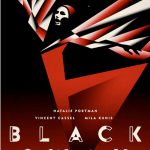

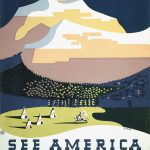
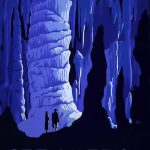
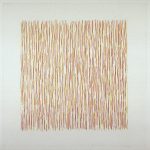

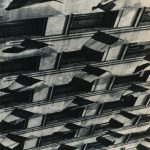
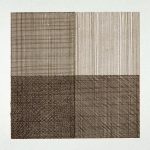
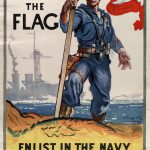
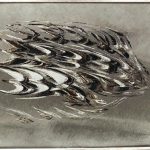
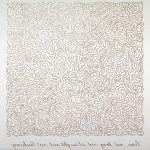
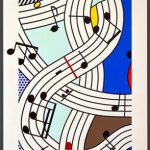
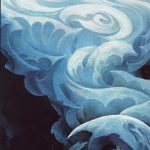


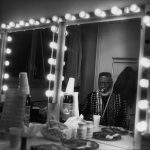
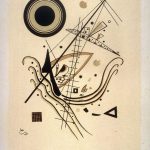
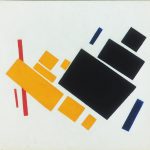

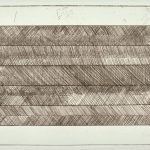
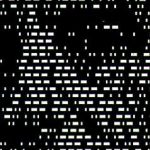
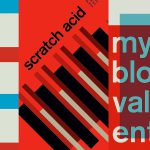

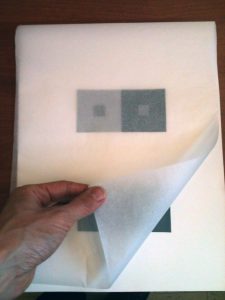
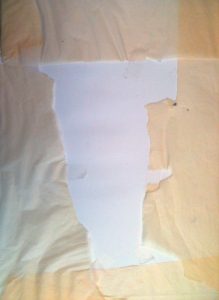



Recent Comments